The Normal Hooters (Conventional and Addressable) are essential components of fire alarm systems, providing audible alerts in the event of a fire emergency. Available in both conventional and addressable versions, these devices produce a loud, clear sound to notify occupants of a potential hazard, ensuring effective evacuation and safety measures.
Normal Hooters (Conventional and Addressable) are fire alarm sounders designed to emit a loud, distinct noise to warn building occupants during fire emergencies. These devices are commonly installed in commercial, industrial, and residential settings where the presence of clear, audible alarms is critical for ensuring a safe and timely evacuation.
- Conventional Hooters work by directly connecting to the fire alarm system, activating the alarm when triggered.
- Addressable Hooters, on the other hand, communicate with the fire alarm system’s control panel, offering more advanced features such as location identification and real-time status monitoring.
Both types are built to meet safety standards, ensuring a reliable alert system for fire detection. These hooters are designed for easy installation and maintenance, and they come with various sound outputs and tones to suit different environments.
- Type: Normal Hooter (Conventional and Addressable)
- Mounting: Ceiling or wall-mounted
- Design: Emits an audible sound to alert occupants of a fire
- Ideal for: Commercial buildings, factories, residential complexes, and industrial settings
- Technology Type: Conventional or Addressable (depending on model)
- Compliance: Meets international fire safety standards such as EN, UL, and local regulations
Product Specifications:
| Specification | Details |
|---|---|
| Product Type | Normal Hooter (Conventional or Addressable) |
| Mounting Type | Ceiling or Wall-Mounted |
| Sound Output | 90-120 dB (depending on model and configuration) |
| Power Supply | 12V or 24V (depending on the system) |
| Electrical Connection | Direct wiring (Conventional) or digital communication (Addressable) |
| Frequency Range | 800-1200 Hz (adjustable in some models) |
| Material | Durable, flame-resistant plastic or metal housing |
| Temperature Range | -10°C to 50°C |
| IP Rating | IP42 or higher (depending on model) |
| Compliance Standards | UL, EN, and local fire safety regulations |
| Weight | Varies based on design |
| Dimensions | Varies depending on the model |
Benefits:
- Clear Audible Alerts: Emits loud and distinct sound signals, ensuring that fire alarms are heard throughout the building.
- Advanced Functionality (Addressable Version): The addressable model provides more advanced features, such as identifying the exact location of the alarm and offering real-time communication with the control panel.
- Durable and Reliable: Made from high-quality, flame-resistant materials, these hooters are built to last and function effectively in demanding environments.
- Variety of Sound Levels: Offers different sound levels and tones to accommodate various building sizes and types, ensuring clarity in all settings.
- Easy Installation and Maintenance: Both conventional and addressable hooters are designed for easy installation and low-maintenance operation, ensuring long-term reliability and cost-effectiveness.
- Compliance with Safety Standards: Meets all necessary fire alarm standards, ensuring proper function and reliability during an emergency.
How to Use:
- Installation: Mount the Normal Hooter on the ceiling or wall in a location where it is easily audible to occupants in the event of a fire emergency. Ensure that it is connected properly to the fire alarm system, whether conventional or addressable, by following manufacturer guidelines.
- Wiring and Connection:
- For Conventional Hooters, wire directly to the fire alarm system using the recommended electrical connections.
- For Addressable Hooters, ensure they are connected to the fire alarm control panel through the addressable loop, allowing the system to monitor and communicate real-time data.
- Testing the System: Once installed, perform a test to ensure that the hooter emits a clear sound when triggered by the fire alarm system. This step ensures that all components are functioning as intended.
- Activation: In the event of a fire, the hooter will automatically activate when the fire alarm system detects heat or smoke. The loud sound produced will alert all occupants to evacuate the building.
- Maintenance: Regularly test the hooter to ensure it is working properly. Inspect for any damage, and clean the unit as necessary. If the hooter is part of an addressable system, ensure the system is regularly maintained to check for communication issues or faults.

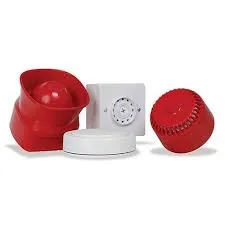
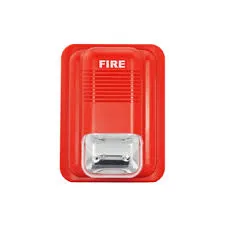




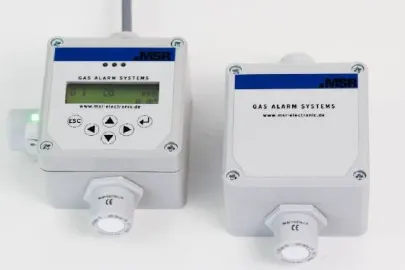
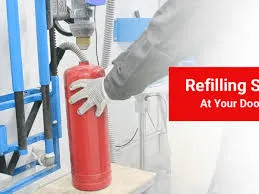
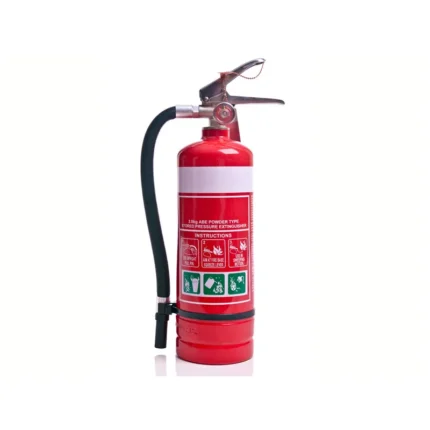

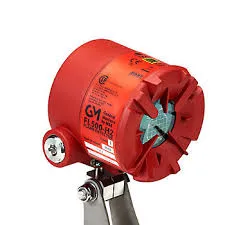
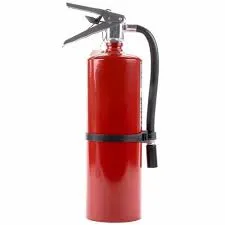
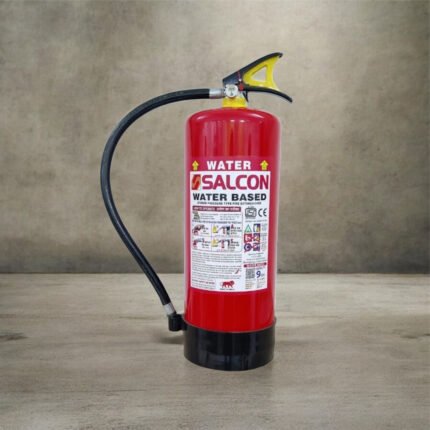
Reviews
Clear filtersThere are no reviews yet.